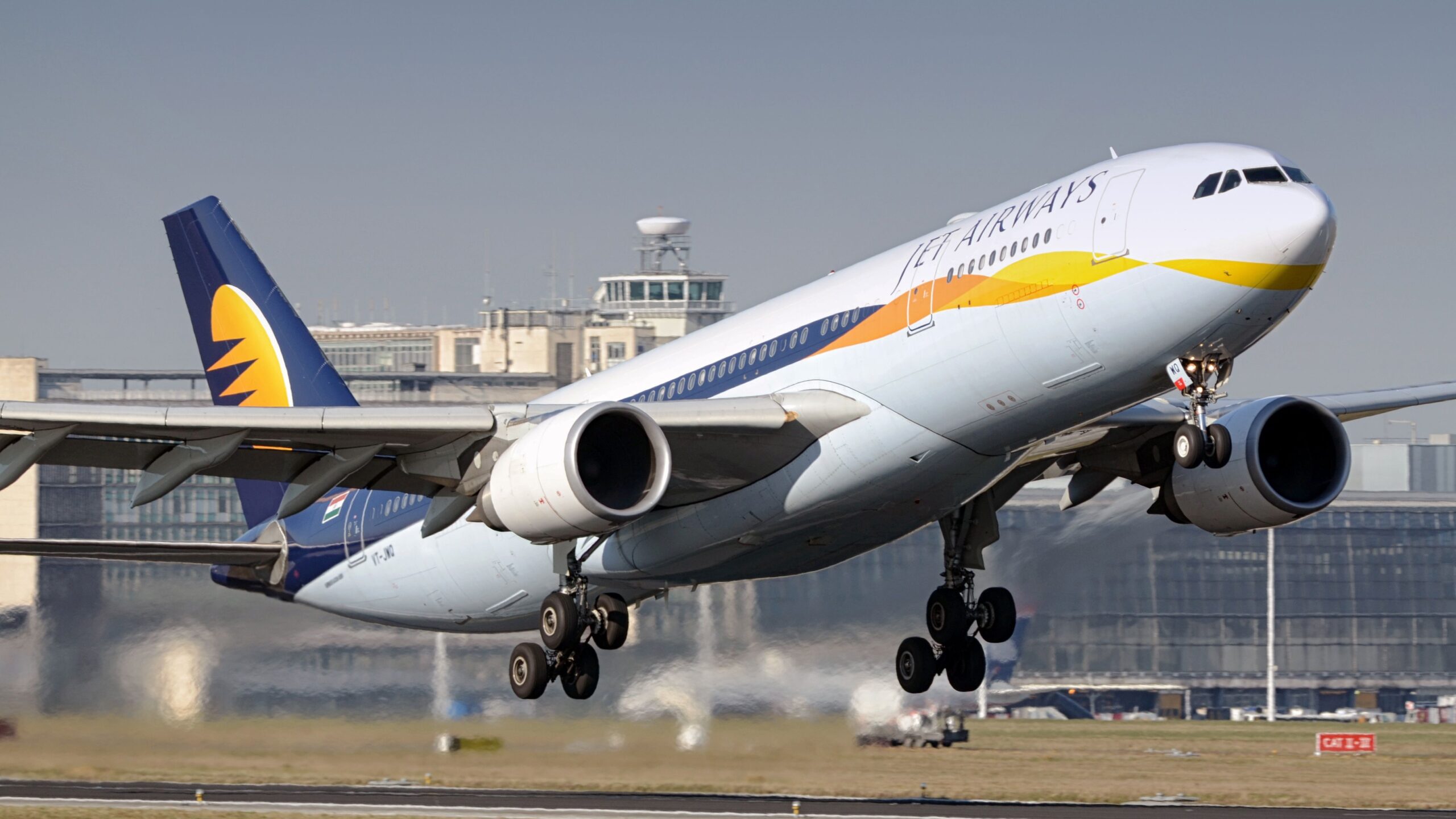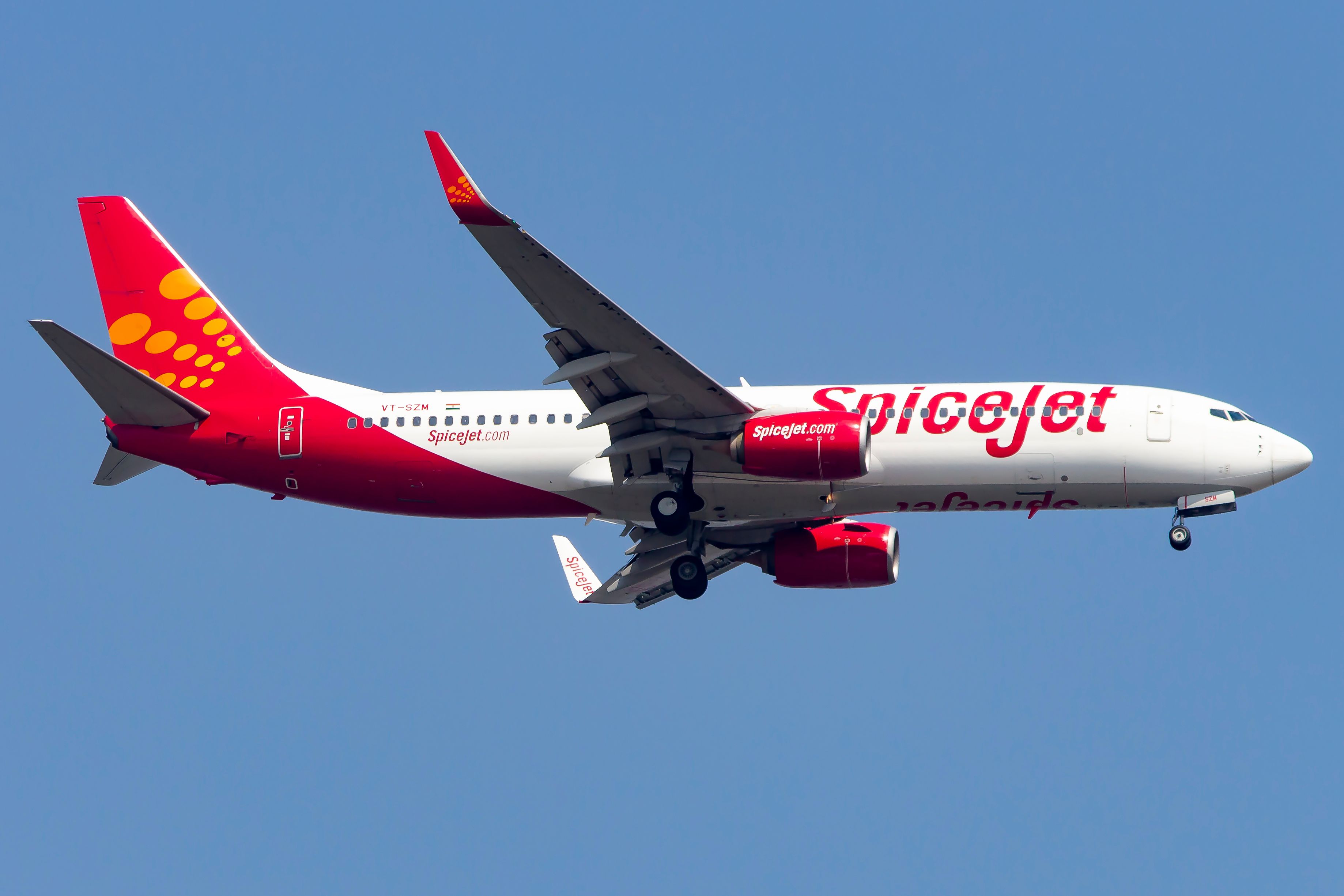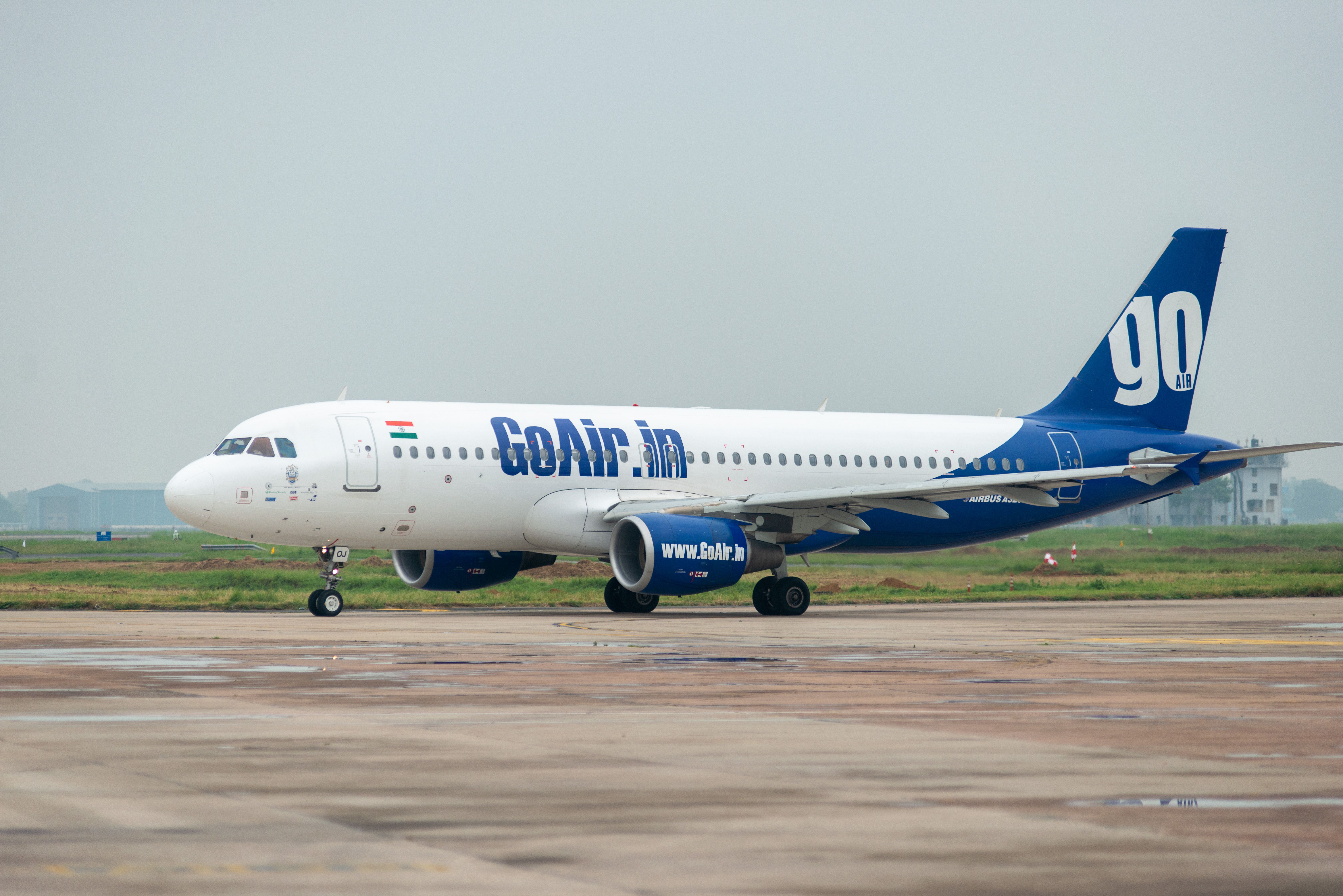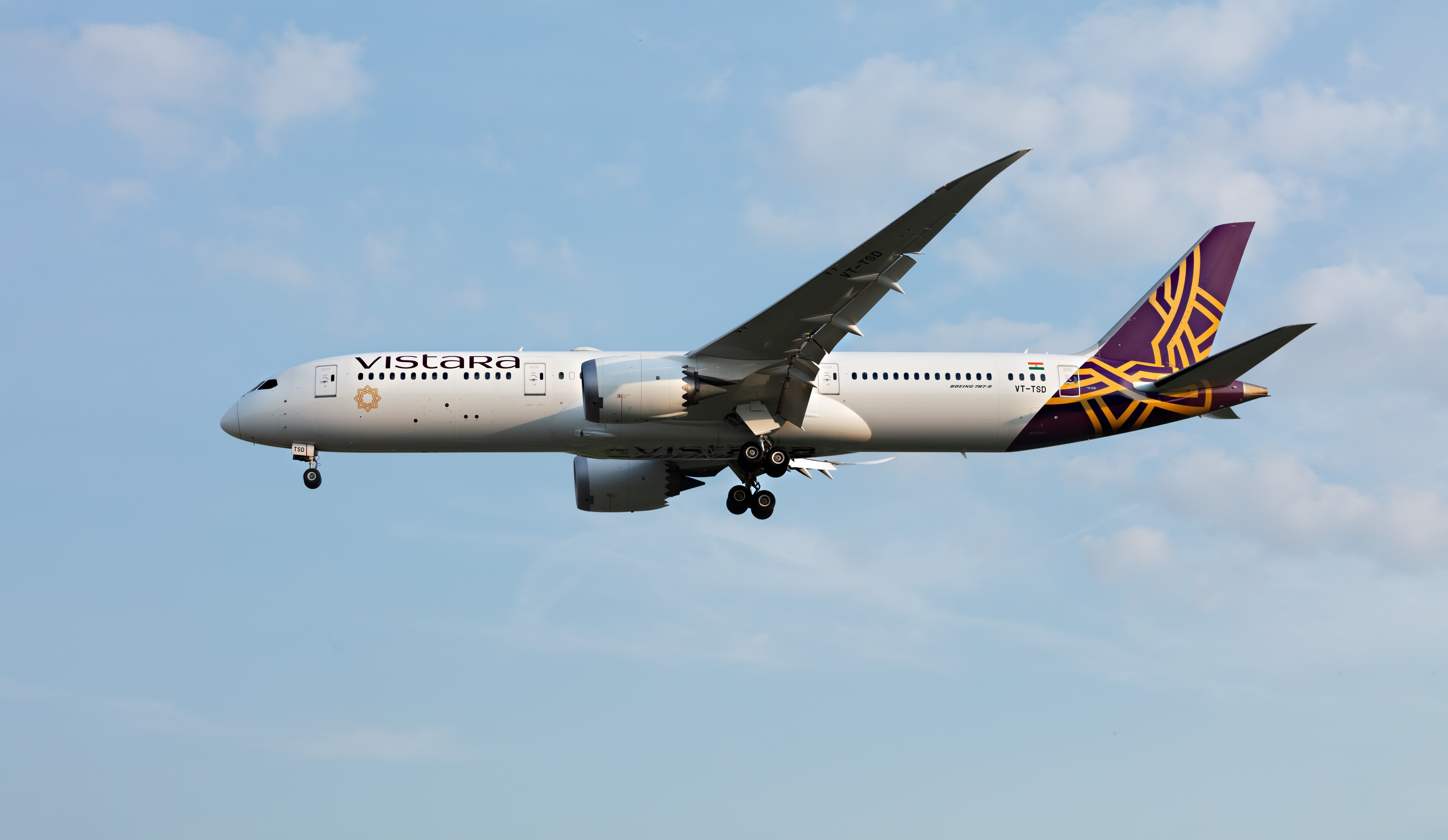Summary
- High taxes & fuel costs hinder Indian airlines due to an average 35% tax on ATF & 18% GST on maintenance.
- The Indian aviation market is uncompetitive internationally due to exorbitant taxes on fuel and maintenance, causing price increases.
- Cutthroat competition among low-cost airlines has led to reduced profit margins, furthered by a potential duopoly between Air India and IndiGo.
Low-cost airlines in India have been growing rapidly, while premium-service airlines like Air India objectively lag behind in popularity, losing market share. The aviation industry in India is very competitive, with the heavily populated country being served by a wide range of local airlines, the biggest of which include
Air India
, Indigo,
Vistara
, and
SpiceJet
, to name but a few.
New airlines have also sprung up, including
Akasa Air
. Yet the industry has also seen many failures, not least Jet Airways’ recent loss in 2019 despite its position as an example of Indian aviation success. Go First also ceased operations in May 2023.
In addition, the gradual downfall of Air India in terms of quality and overall operation—at least prior to its purchase by the TATA Group—characterizes a struggling industry. In this article, we will briefly explore two factors that make India stand out in terms of its aviation sector, as per a study published in 2020, which contribute to the difficulties faced by local carriers.
High taxes and fuel costs
Indian airlines are subject to high operating costs due to taxes and fuel costs that are specific to the country. India is one of the biggest oil importers in the world, claiming the third spot worldwide.
Inevitably, this fares poorly for the country’s airlines, notably compared to other carriers in the region, such as those in Thailand, Singapore, and Pakistan, which all benefit from lower Aviation Turbine Fuel costs.
In 2019, SpiceJet Chief Executive Ajay Singh told PTI that the Indian aviation market is uncompetitive on the international scene as taxes on aviation fuel stand at an average of 35%. He also noted that a Goods and Services Tax of 18% is imposed on maintenance operations, meaning repairs make more financial sense when conducted abroad despite the skills available in India.
Price increases over the last two years have worsened the issue. Singh said the following in 2022:
“ATF prices have increased by more than 120% since June 2021. This massive increase is not sustainable and governments, central and state, need to take urgent action to reduce taxes on ATF that are amongst the highest in the world.”
Photo: BoeingMan777 | Shutterstock
This issue was further highlighted by IATA Director Willie Walsh. He noted that while India has massive potential when it comes to future growth, some of the benefits are mitigated by the high operating costs brought about by exorbitant taxes. Per Business Standard, Walsh said:
“What you have in India is a fantastic potential market. You look at the scale of the economy, investments going into airports… [but] India is not a cheap market to operate in. Taxation in India is higher than most places in the world.”
Cutthroat competition
The emergence of low-cost airlines in India at the turn of the century signified the end of the domination of full-service carriers. Instead, young airlines with modern fleets, fresh business models, and simplified structures led the way, making travel more affordable for Indians.
Photo: PradeepGaurs | Shutterstock
Beginning with Air Deccan in 2003 with the aim of offering 1-rupee flights, GoAir entered the market in 2004 and IndiGo in 2006. As demand continues to skyrocket in India, low-cost airlines are quick to capitalize on it. Consumers are more price-conscious than ever regarding travel, especially after the COVID-19 pandemic.
The price war between Indian airlines has led to an overall decrease in profit margins.
Bottom line: consolidation and control?
These two factors present a bleak picture of the Indian aviation industry. However, with Air India’s recent privatization and merger with Vistara, the single full-service airline that will remain may well return to its former glory days. As part of its expansion and redevelopment plans, Air India ordered nearly 500 aircraft in February last year, including A320neos, A350s, 737 MAXs, 787s, and 777Xs.
Photo: Abdul N Quraishi – Abs | Shutterstock
In June of that same year, low-cost competitor IndiGo signed an order for 500 Airbus A320 aircraft. Earlier this month, the carrier also confirmed its decision to enter the long-haul market, having ordered 30 Airbus A350-900s.
These record-breaking aircraft orders from Indian airlines mean the two will go head-to-head for years to come. Whether younger and/or smaller airlines will be able to compete is unclear as this duopoly controls the market.




